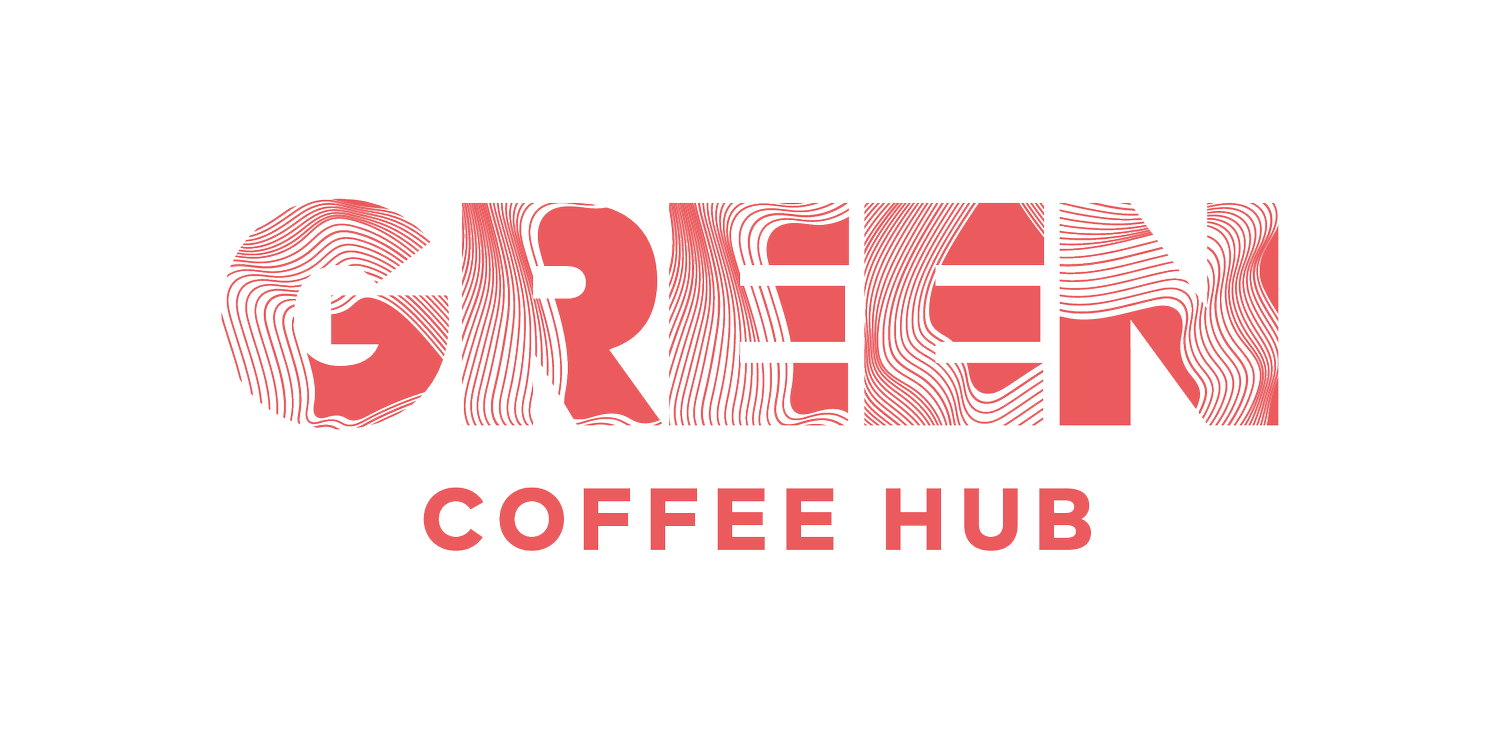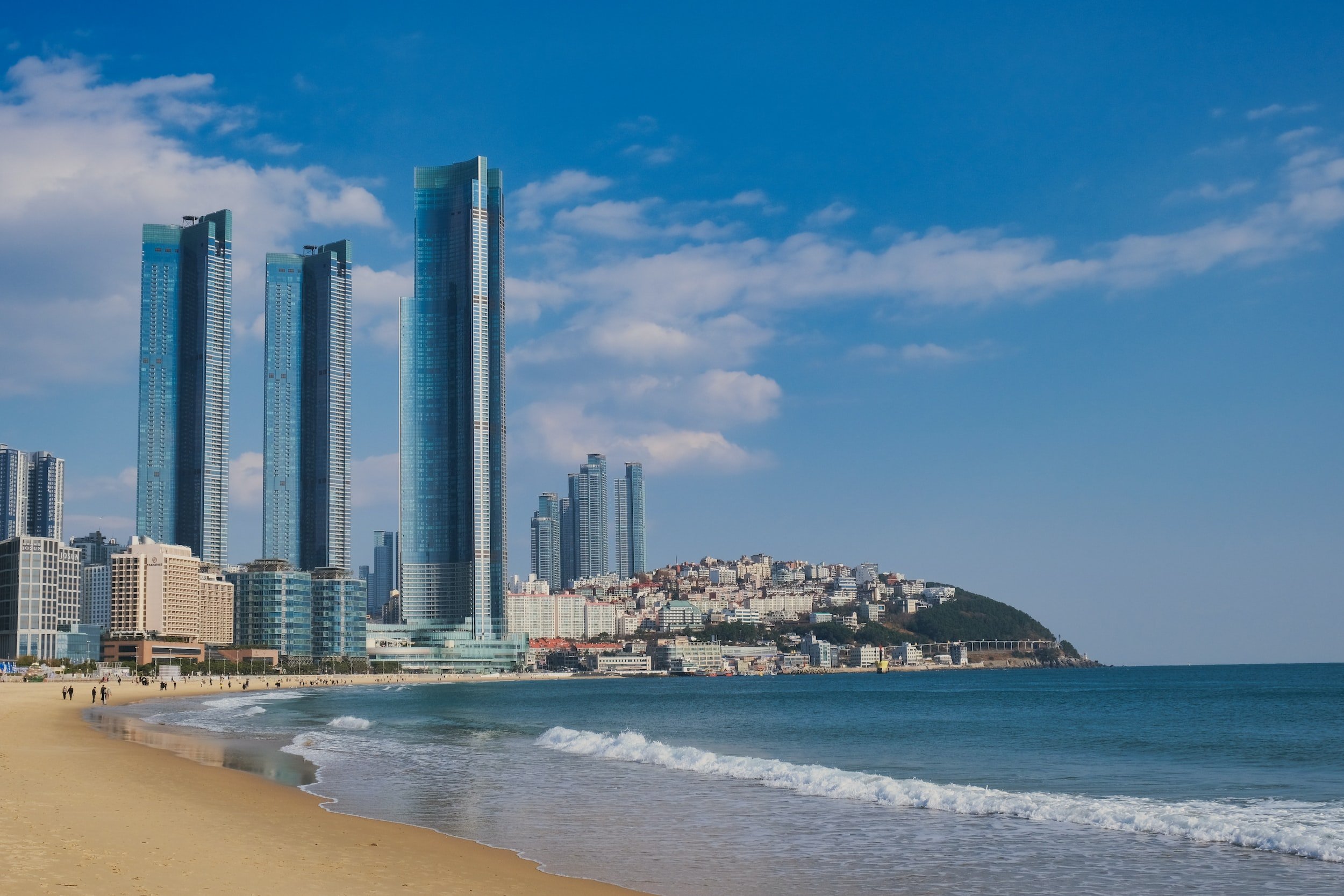
Welcome to the SCA’s Green Coffee Summit, a home for coffee market resources.
Spotlight: Consuming Markets
Green Coffee Summit wouldn’t be possible without the generous support of our Lead Sponsor, Sustainable Harvest.
Featured Video
Coffee's Essential Worker Community: An Action Oriented Path to Building Back Better with Living Wage and Living Income
Living wage and income have long been gaining steam among the media, global governments, sustainability standards, businesses, and a wealth of other actors, including consumers. But the necessity of ensuring a basic but decent living is more stark than ever in an age where vulnerability abounds.

NEW Market Research
Five Key Takeaways from the National Coffee Data Trends Study: Specialty Coffee Breakout Report
The National Coffee Data Trends Study is packed with information: conducted twice a year, the report tracks coffee consumer trends, attitudes, and behavior. What are five key things that the specialty coffee industry should pay attention to specifically? Learn more from the SCA’s Research Manager, Katie von der Lieth →
Explore the Latest Resources

How Do Cuppers Cup? | 25, Issue 18
Dr. JORGE BERNY and Dr. MARIO FERNÁNDEZ-ALDUENDA share initial results of a collaborative study examining how cuppers cup and exploring the potential impacts of a proposed component of the reengineered cupping protocol.

Evaluating and Evolving the SCA Coffee Value Assessment System
Since it was created in 2004, the existing SCA cupping system has become a globally recognized industry standard used by many stakeholders across the globe to assess coffee quality and to assist in the determination of a coffee’s value in contracts. Meanwhile, our understanding of sensory science and coffee’s sensorial properties, as well as the specialty coffee industry and its global context, have advanced significantly

The Power of the Extrinsic
"It's what's in the cup that matters," right? But is that actually true? The SCA's Chief Research Officer, Peter Giuliano, examines trends in consumer preference research that suggests a coffee's extrinsic attributes play a significant role in coffee choice and enjoyment by specialty coffee consumers.

What Would It Cost? | 25
Professors CARLOS CARPIO, PhD and LUIS SANDOVAL, PhD worked with BRENDA MAMANI, MSc to ask: what are the living wages in El Salvador and Honduras, and how would current total costs and profitability of coffee production be affected if farmworkers were paid living wages?

All in the Mind | 25
Corresponding author MATEUS MANFRIN ARTÊNCIO shares the findings of a recent paper, “A Cup of Black Coffee with GI, please! Evidence of Geographical Indication Influence on a Coffee Tasting Experiment,” published in Physiology & Behavior, confirming the significant influence an extrinsic attribute like a geographical indication has on consumers’ tasting.

Exploring the Intrinsic
Using the attributes-based definition of specialty coffee, we’ll explore how our understanding of “specialty” has widened—and will continue to widen—in the coming years as we integrate new species and new processing methods into our specialty lexicon.
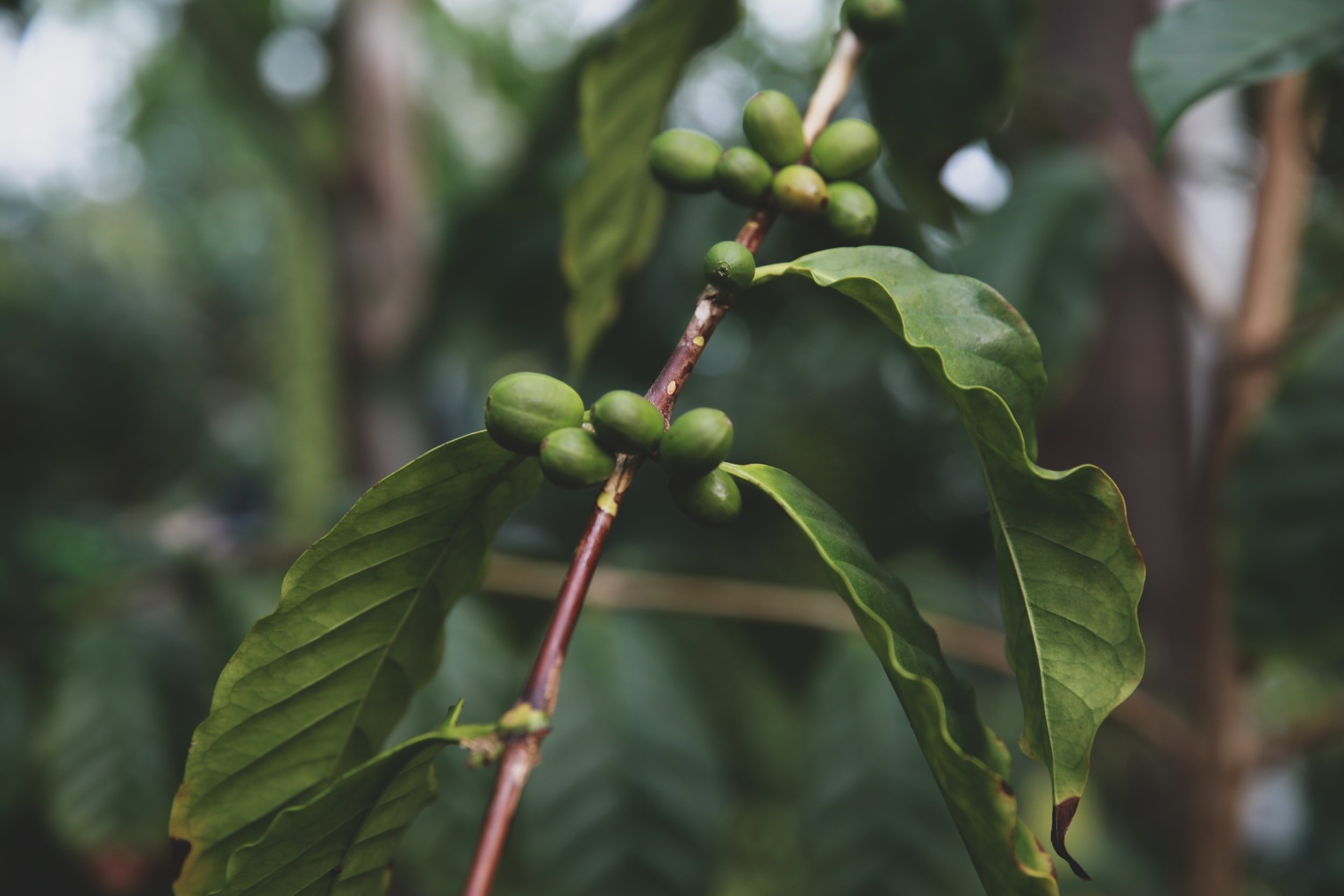
Walk on the Wild Side: The Future of Wild Coffees in Your Cup
In late 2018, scientists rediscovered Coffea stenophylla— a species unrelated to either Arabica or robusta—in the wild in Sierra Leone, and later confirmed century-old reports of its high cup quality. This rediscovery, and other events, have reinvigorated discussion about the role of non-commercial and underutilized species in the future of coffee. Learn more from a panel of experts on wild coffee: Dr. Aaron Davis, Dr. Sarada Krishnan, Dr. Vern Long, and Dr. Katherine Kiwuka, moderated by Hanna Neuschwander.
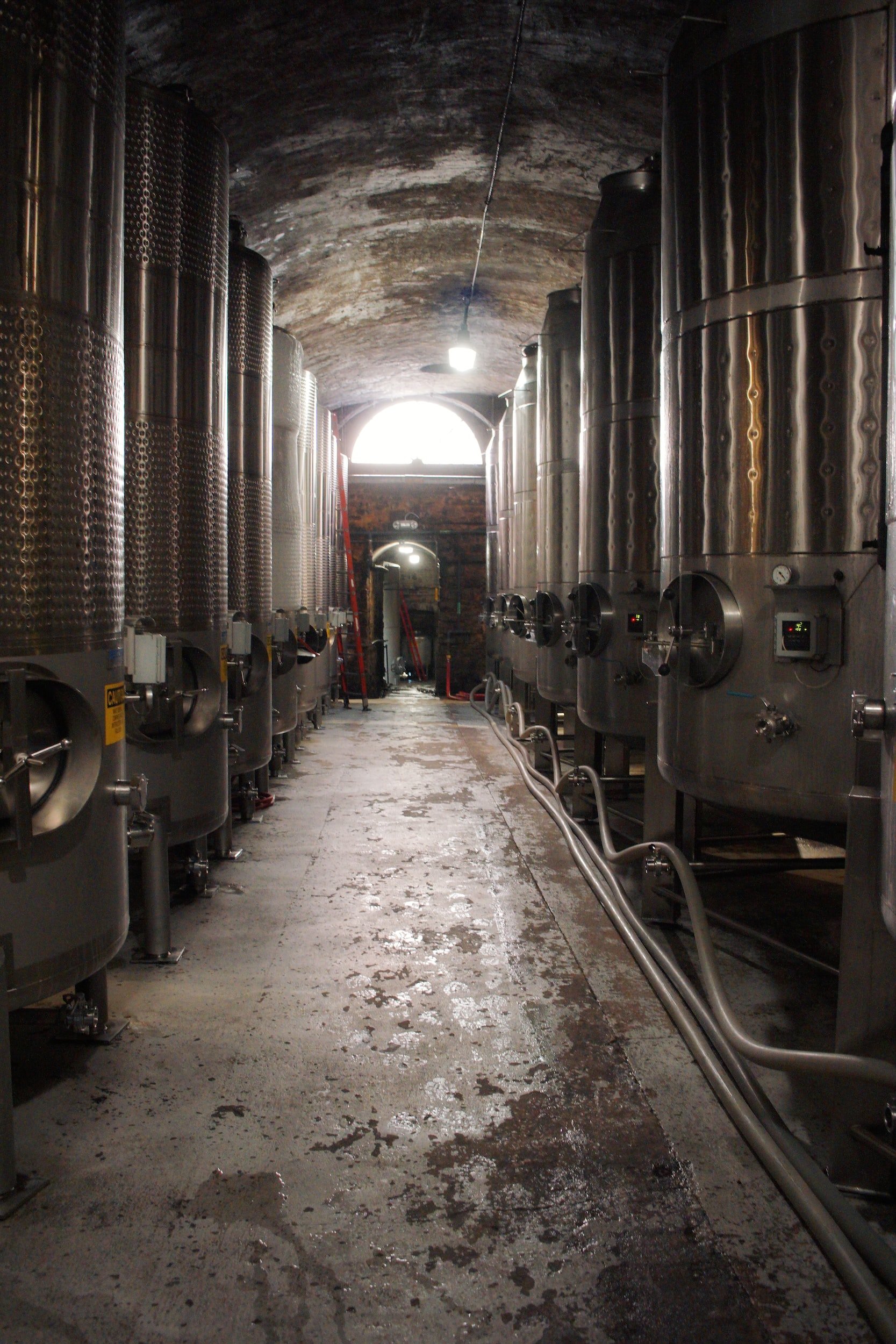
Paradigm Shift: The Post-Harvest Processing Revolution
The current coffee processing revolution offers us means to improve the live of coffee growers and processors not just through direct product improvement, but through a new, powerful narrative that can drive more respect, and value, back to producers. But, says Joel Schuler, it requires a paradigm shift, one we can only make if we ask—and collectively answer—many questions, and a movement towards parity.
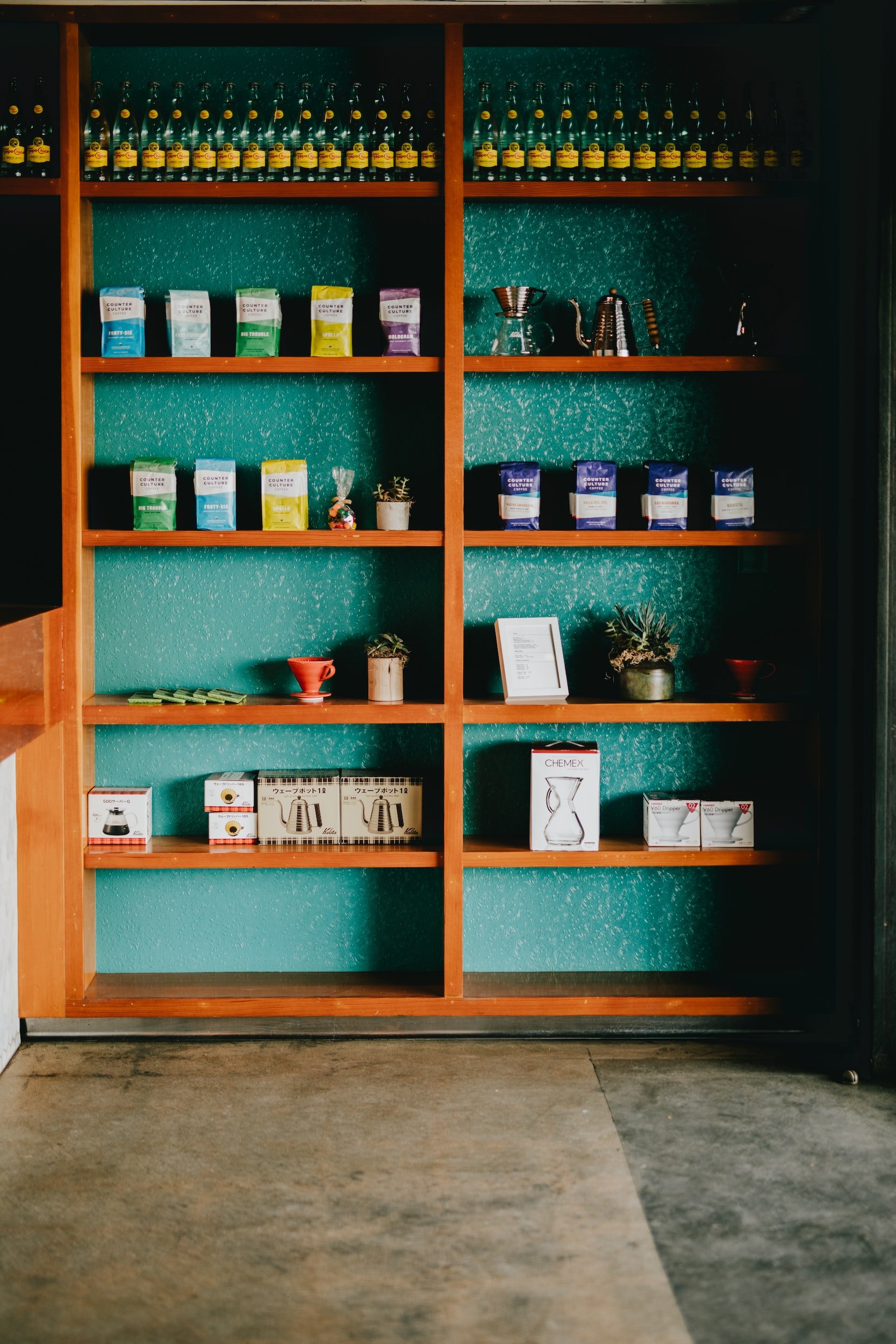
Understanding Today's Specialty Coffee Consumers
As more consumers come to the coffee-laden table, our collective preferences haven’t just shifted; they’ve fragmented. The “emerging market” isn’t limited to tea-drinking cultures—new markets are also emerging in coffee-producing regions as well as with new consumers groups in more traditional, established markets.

From Underdog to Frontrunner: The Opportunities of Specialty Robusta
While the use of wild coffees is still years away from commercialization, another coffee species already makes up 40% of coffee's global production: Coffea robusta. Lower global demand and limited recognition of robusta's quality potential has stifled investment in exploring the opportunities of specialty robusta, but in the face of climate change, it feels as if its time has come. Emi-Beth Aku Quantson makes the case for reframing robusta as a specialty product across impacts from farmer livelihoods to consumer preferences.

Opportunities for Added Value Under the Attributes-Based Definition of Specialty
Do we really understand the impact of the attributes-based definition of specialty coffee on what is now "specialty"? Jenn Rugolo, the SCA's Curatorial Director, examines the impact categorization has on our perception of the world and explains why the new definition of specialty coffee released by the SCA in 2021 gives us more opportunities to deliver on specialty's promise.

Not Just Fresh: Expanding Our Concept of Functional Packaging
Coffee's interest in understanding multimodal perception on coffee experiences has most recently focused on cup shape, size, and weight or environmental ambiance like color, music, and texture. As home coffee consumption continues to increase even as pandemic restrictions ease, so too has our interest in understanding packaging (an element of the coffee experience making its way consistently into the home) through a multimodal lens. Dr. Fabiana Carvalho introduces an ongoing study, conducted in collaboration with the Coffee Science Foundation, exploring the effect of packaging on the perception of specialty coffee and explains why we need to expand our concept of "functional" packaging beyond simply keeping coffee fresh.

On Redefining Sustainable Coffee
As the word "sustainable" continues to grow in importance to consumers, it is being used in many different ways. While we're shifting our definition to encompass concepts like living income, argues Catalina Eikenberg, we're still under-utilizing tools and leverage points to help us move forward.

The Evolution of Business: Understanding the B Corp Model
Jessica Yinka Thomas shares a new model of business designed to maximize wellbeing, interdependence, and drive change.

The Changing Definition of Fine Wine
As we grapple with our own definition of “specialty,” Pauline Vicard shares ARENI’s journey of defining “fine wine” and explores opportunities for mutual learnings between industries.

Deanonymizing Coffee: A Case Study
Namisha Parthasarathy explores the history, challenges, and opportunities of specialty coffee in India.

What is Quality? Implications for New Variety Development
Hanna Neuschwander of World Coffee Research shares an update on WCR’s 2015 F1 Hybrid candidates through the specific lens of quality.

Appraising Specialty Coffee Attributes
Dr. Mario R. Fernández-Alduenda offers thoughts on how we can integrate avances in sensory and coffee science into our new understanding of specialty coffee.

Verified Living Income: Transforming Procurement for Improved Farmer Livelihoods
How can we know we’re paying an equitable price for coffee? Grayson Caldwell explores the idea of verified living income.

Understanding Consumer Perception and Desirable Product Attributes in ChocolateA New Framework for Defining Specialty Coffee
Dr. Allison Brown conducted a mixed-methods study using focus groups and projective mapping, creating a Desirable Chocolate Attribute Concept Map.

Aprender
Un caso de negocio para incrementar el consumo de café especial en países productores
Las oportunidades adicionales para crear y capturar más valor son clave para que los productores reduzcan el riesgo. Por lo tanto, es vital comprometerse con estrategias que les permitan a los productores crear (más) valor y obtener un mayor y mejor parte del precio al consumidor →
